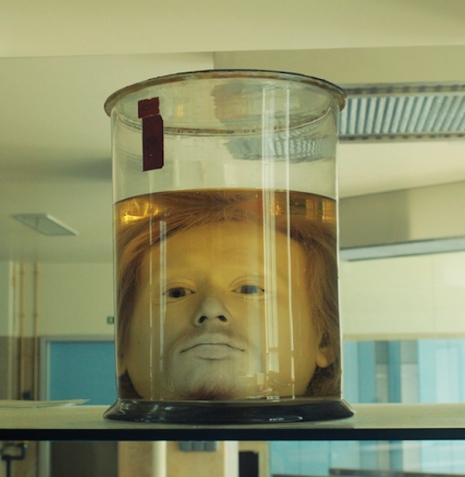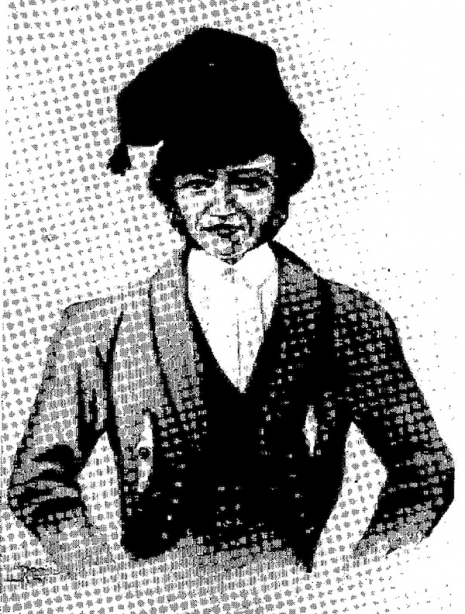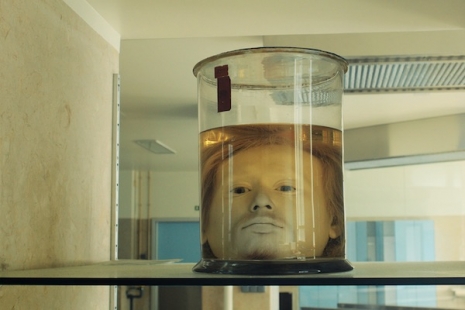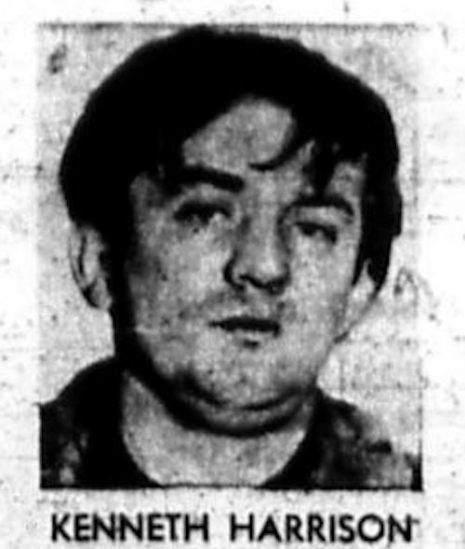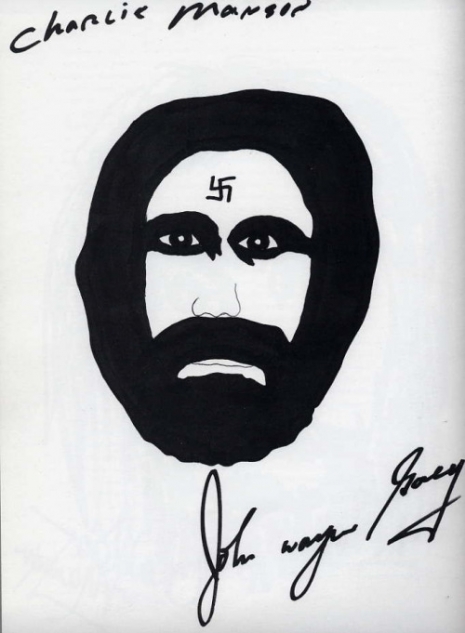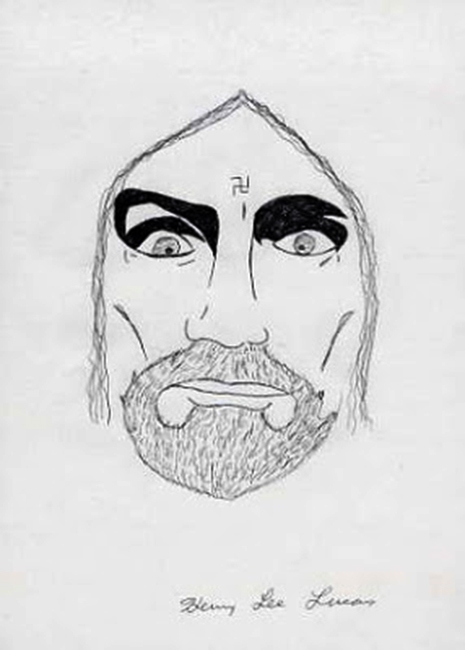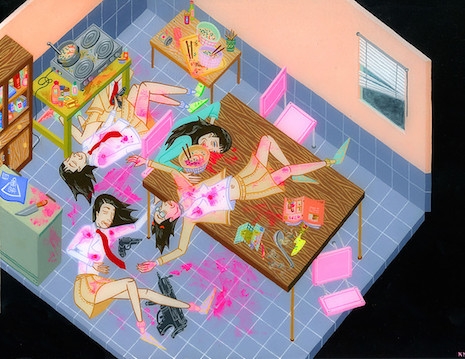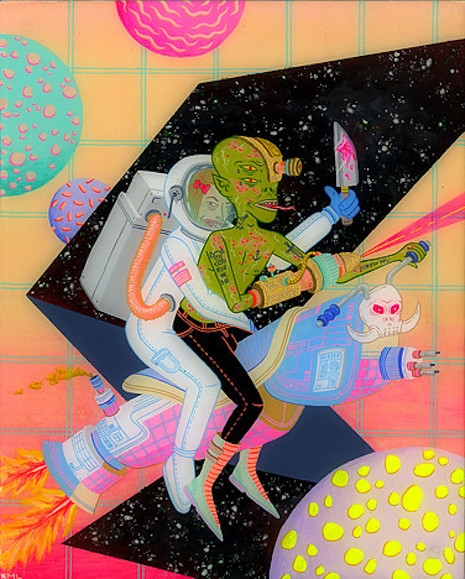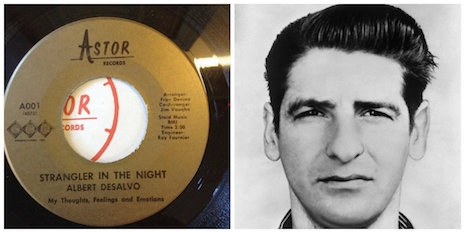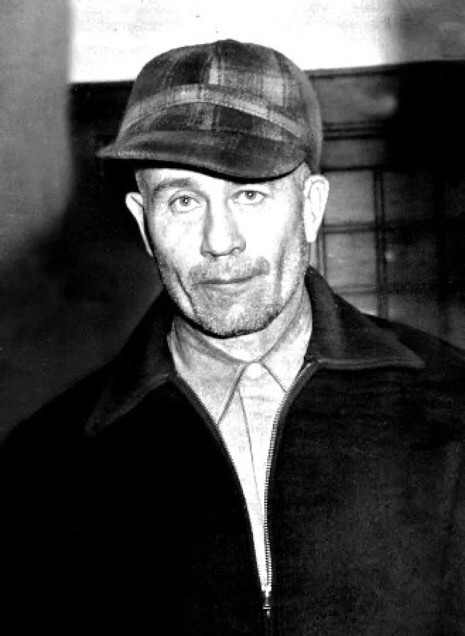
Twisted Tug’s doll-sized version of Sid Vicious. It sold for $700.
Twisted Tug’s, an artist studio out of San Diego, California specializes in creating “one of a kind edgy art collectibles,” such as horror props, eerie original conceptions and designs, and, as the title of this post indicates, dolls. But not the kind of dolls you might get for your uncool niece—unless of course, she prefers bad guys (and girls) to Barbie. All joking aside, Twisted Tug’s dolls, which are crafted from vintage ventriloquist puppets (YIKES!), are true collector’s items and have garnered praise from their famous fans, including director James Wan (Saw, The Conjuring, Insidious, and most recently Malignant). Another distinction Twisted Tugs’ dolls is that they are true works of art – and true works of art do not come cheap. Tug’s spot-on doll-version of hatchet-loving Annie Wilkes from the film adaptation of Stephen King’s 1987 novel Misery (as played by actress Kathy Bates) sells for $800. Though some consider works of art created in the image of infamous serial killers as poor taste, the fact is the market and fanbase for such things has been around as long as serial killers themselves. Homicidal sicko John Wayne Gacy started painting and sketching while waiting for his execution by lethal injection. Later, many of his works of “art” would be displayed in galleries and at auction would sell for several thousands of dollars, and in one instance, $20K (noted in the 1990 book Murder Casebook, Investigations into the Ultimate Crime, Vol. 4, Part 54, Orgy of Killings (Murder Casebook) by Marshall Cavendish). So while you might not like it, there are plenty of people who dig things that exist in a realm completely removed from what is generally considered an acceptable standard.
Getting back to Twisted Tug’s’ dangerous dolls, yes, you can purchase them, though TT sadly does not take commissions. For more information on how you might obtain one of Twisted Tugs’ insidious dolls, feel free to drop Tug’s a line here. Now, as it is October, the time of year when we celebrate all things grim and gross, let’s take a look at some of the inhabitants of Twisted Tugs’ equally twisted world.
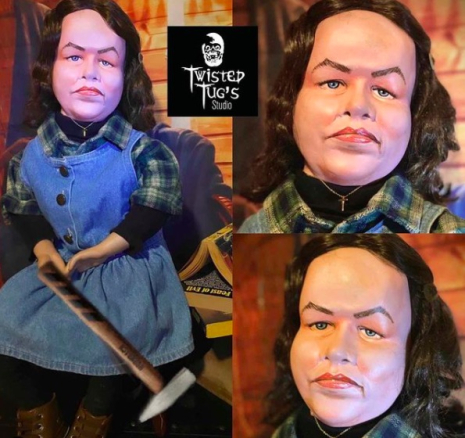
Twisted Tug’s Annie Wilkes (as played by actress Kathy Bates) in the 1990 film adaptation of Stephen King’s 1987 novel, ‘Misery.’

A frozen version of Jack Torrance (played by actor Jack Nicholson ) in Stanley Kubrick’s 1980 film ‘The Shining.’

Zelda Goldman (played by actor Andrew Hubatsek) in ‘Pet Sematary’ (1989).

Madison Mitchell (played by actress Annabelle Wallis) in James Wan’s 2021 film ‘Malignant.’
Many more after the jump…






